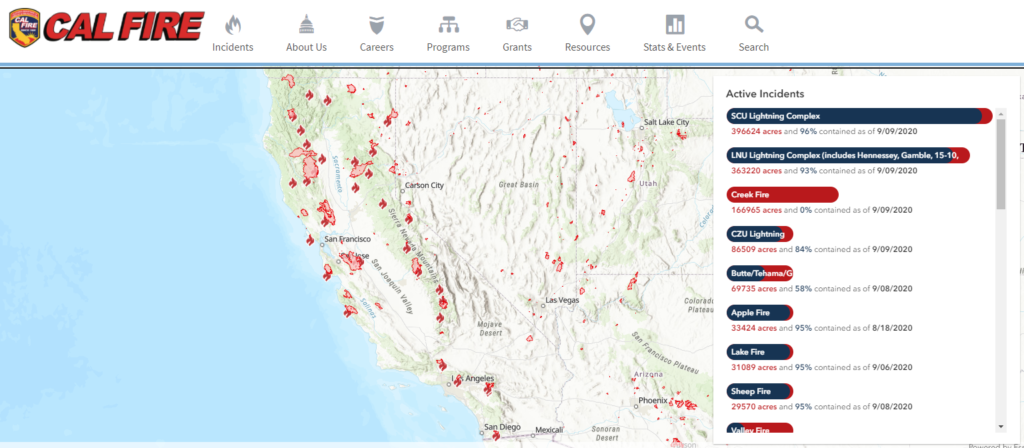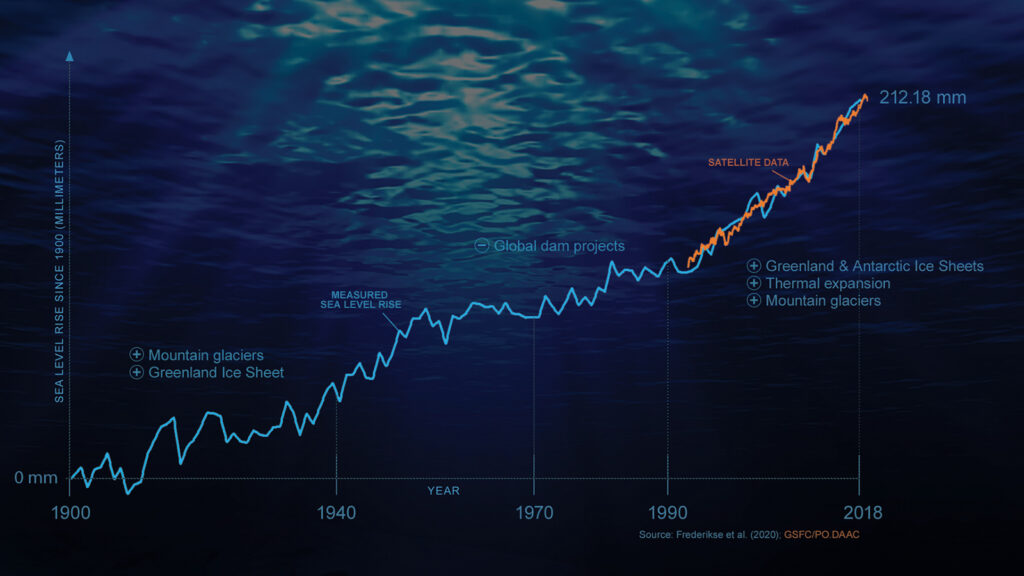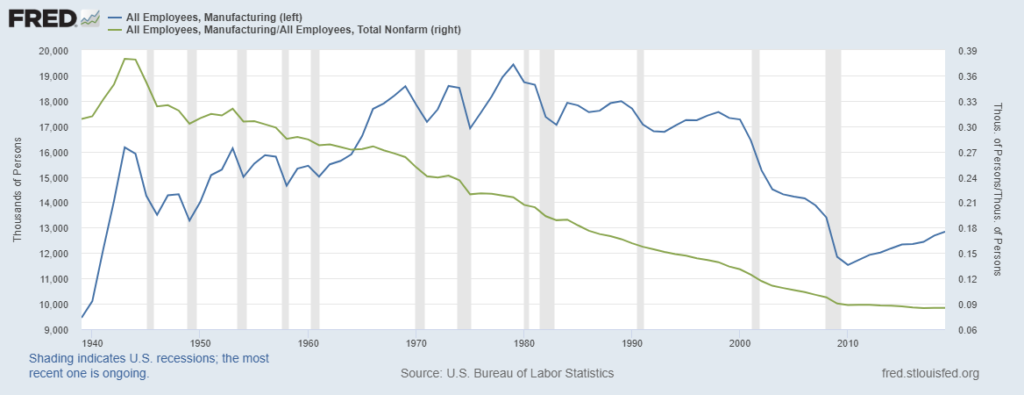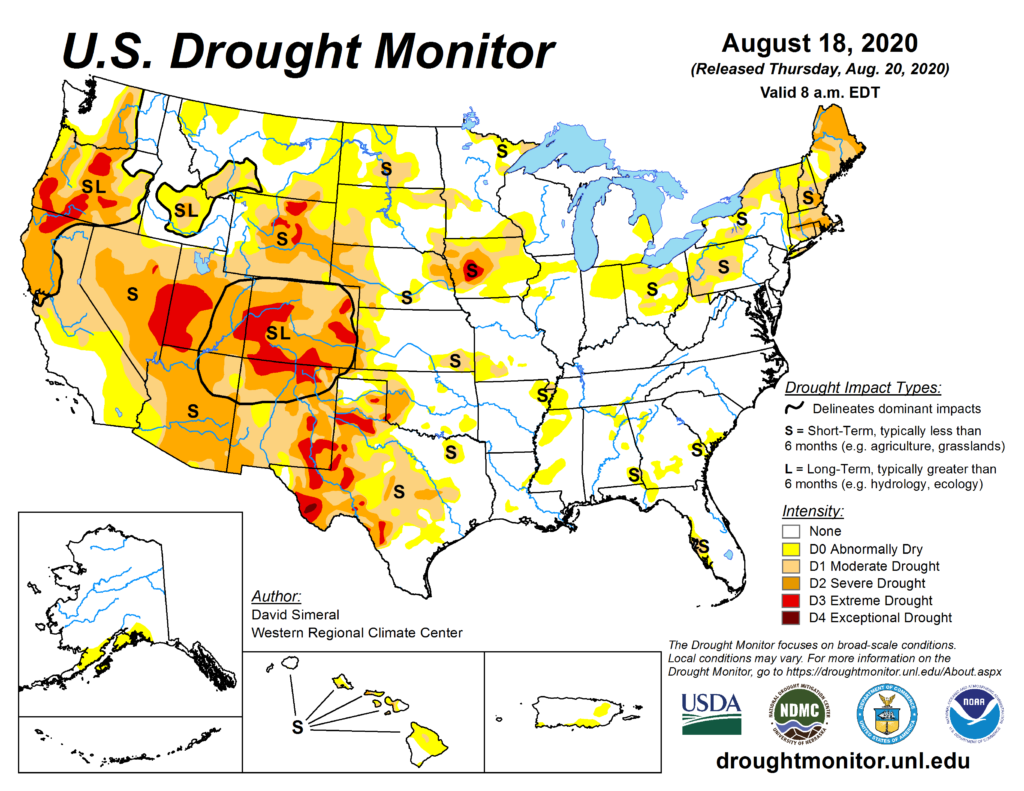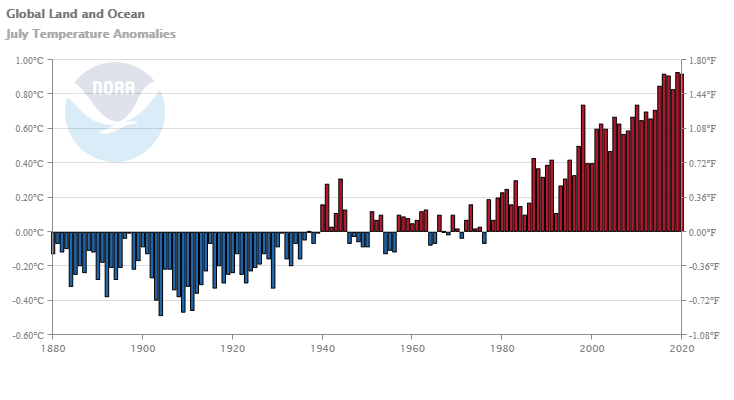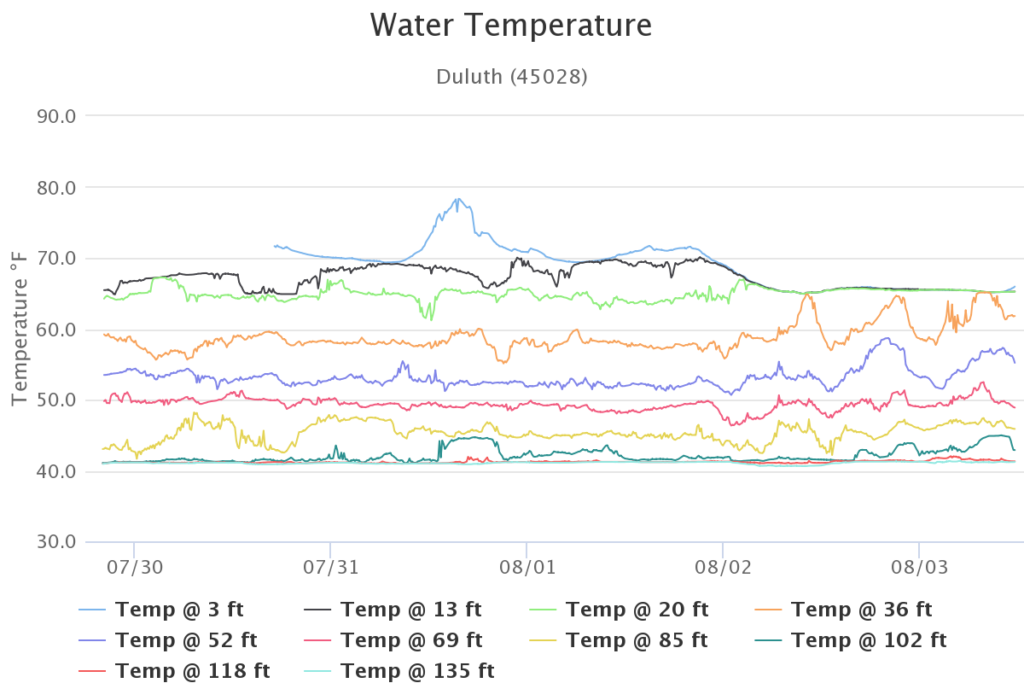 From the NOAA Global Climate Report – August 2020:
From the NOAA Global Climate Report – August 2020:
Averaged as a whole, the August 2020 global land and ocean surface temperature was 0.94°C (1.69°F) above average and the second highest August temperature since global records began in 1880. Only August 2016 was warmer with a temperature departure from average of +0.98°C (+1.76°F). The 10 warmest Augusts have all occurred since 1998; however, the five warmest Augusts have occurred since 2015. August 2020 also marked the 44th consecutive August and the 428th consecutive month with temperatures, at least nominally, above the 20th-century average.
The global land-only surface temperature for August 2020 was the third highest on record at 1.26°C (2.27°F) above average. Meanwhile, the global-ocean surface temperature tied with 2016 as the second highest in the 141-year record at 0.82°C (1.48°F) above average.
For the summer months:
The Northern Hemisphere had its warmest summer on record at 1.17°C (2.11°F) above average, surpassing the now second-warmest such period set in 2016 and again in 2019. The five warmest summers for the Northern Hemisphere have occurred since 2015.
The time series data is available at the links above the Introduction. See Temperature Anomalies Time Series.
